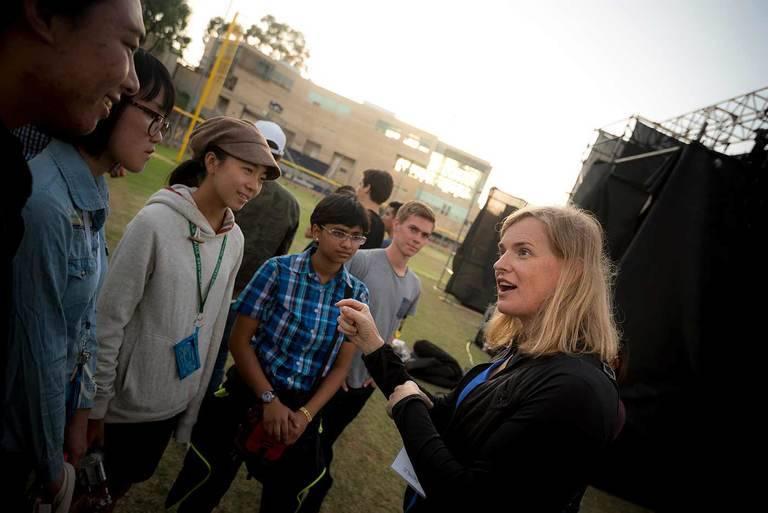
Imagine having the inside scoop on gender discrimination. Consider if you can, what it would be like to be a woman who was once a man who had unknowingly enjoyed perks like promotion, good pay and recognition -- only to find after transitioning to a woman, that there is indeed, a glass ceiling.
It's a reality that Dr. Vivienne Ming, a theoretical neuroscientist, considered "one of the top ten women to watch in tech" by Inc. Magazine, knows well. She's not only studied the difference between what men and women are required to fulfill to be "accredited" in their professions, but has lived it.
"There really is a monetary tax imposed on women," said Ming, whose most recent investigations involved the different processes that women and men must go through to remain upwardly mobile in their professions.
According to Ming's research, there's a distinct differences between what men and women need to go through to attain recognition in their respective goals and professions, right from the time they enroll in college. A woman "needs to go to more prominent schools for longer periods of time here in the States paying those extra tuitions [and] not earning salaries. They need to spend longer at lower-rank jobs" than men of the same age group and scholastic level.
What's more, Ming found when she was Evan Smith, a talented, aspiring male student who graduated with honors in his field from Carnegie Mellon University, people looked at her and judged her potential based on her sex: male at the time.
"What's interesting is how quickly people begin to presume you don't know the math behind your own work," Ming told BBC in an interview. As Evan Smith, her computations were considered unquestionable and landmark. As a woman, however, "overnight, people just stopped asking me math questions." Women in the same role were considered OK for leading research projects, but less likely to have the right scientific answers for a problem.
Nowadays, Ming's investigative work does hold a lot of weight in the scientific community. As the co-founder and managing partner of Socos, she works to improve educational opportunities for children by using technology and predictive analysis to address core problems.
"There is a disconnect between what is assessed in education and what is relevant throughout life," Ming states on her website. She's now using her own experiences with that disconnect to power innovation for other young achievers.
But it may be Ming's perceptive insights and experiences as a transgender woman that will really help illuminate the challenges that need to be addressed in education and the workplace. So often we hear messages better when there is a human voice, with a moving human experience attached to the technical data. As in Ming's case, the math behind the numbers back up the need for action, but it's the lived experiences she's shared that compel us to believe them.
Images: Courtesy of Socoslearning.com. Credit: Erik Jepsen/UC San Diego.
Jan Lee is a former news editor and award-winning editorial writer whose non-fiction and fiction have been published in the U.S., Canada, Mexico, the U.K. and Australia. Her articles and posts can be found on TriplePundit, JustMeans, and her blog, The Multicultural Jew, as well as other publications. She currently splits her residence between the city of Vancouver, British Columbia and the rural farmlands of Idaho.














